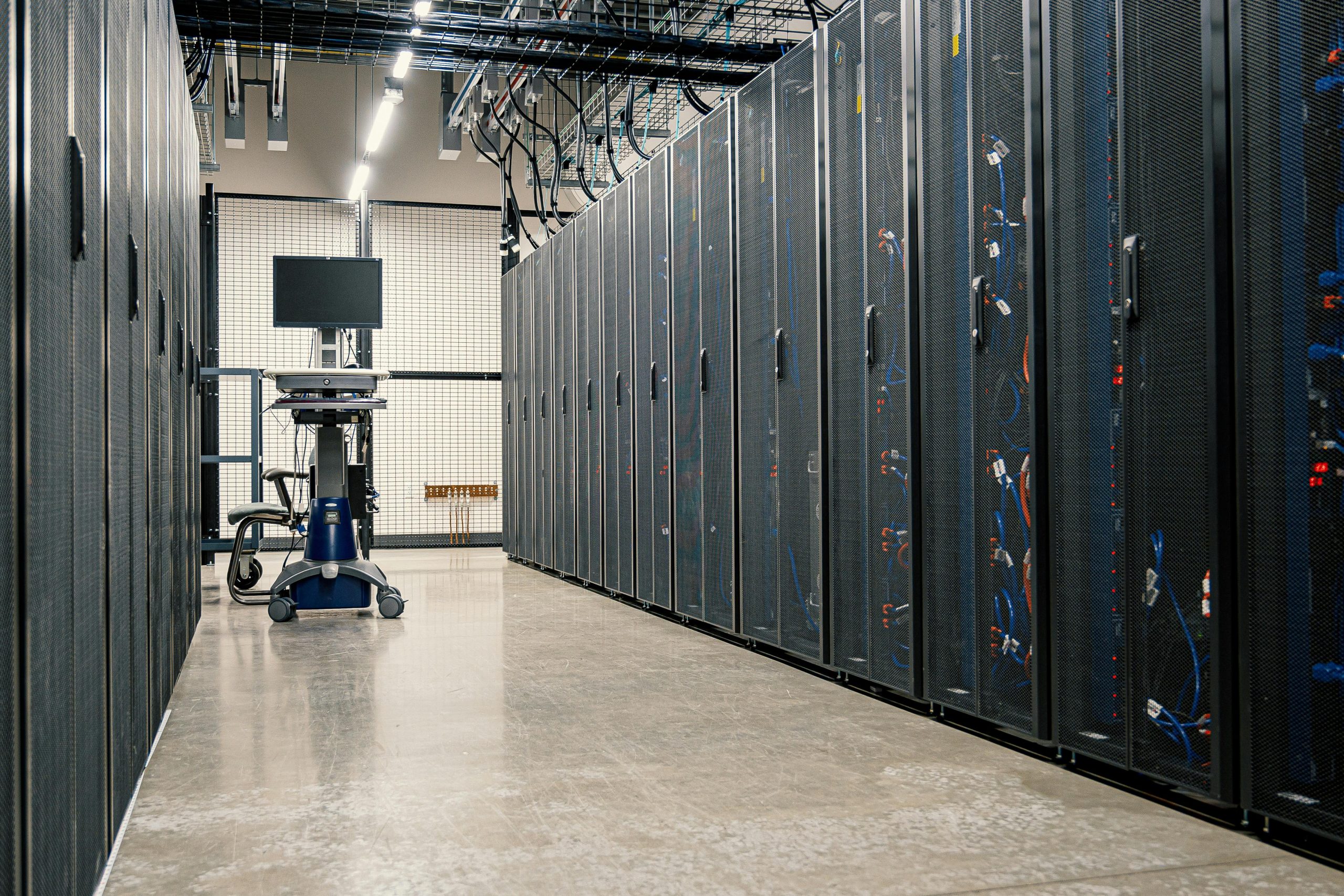Building & Construction

April 24, 2025
Kaiser’s business units tell different stories in 1Q 2025
Written by Nicholas Bell
On today’s earning call, soft and hard aluminum alloy producer Kaiser Aluminum, painted a complex picture of operational performance with diverging segment trends for the remainder of the year.
Total shipments dropped to 276mn lbs in the first quarter from 291mn lbs in the previous year. The reduction was primarily driven by shipments in the aerospace/high-strength and packaging segments.
Although packaging accounts for the largest share of Kaiser’s shipments – and drove the year-over-year decline in total volumes – it is also expected to be one of the fastest growing segments through 2025, with volumes anticipated to increase and lift overall shipment volume for the year.
Packaging
Quarterly packaging tonnage fell to 130mn lbs from 142mn lbs in 2024, but unlike the aerospace segment, the company expects an uptick of packaging segment shipments – 611-622mn lbs for 2025. Additionally, the Warrick plant’s fourth roll coat line to reach its’ full run-rate in the second half of the year.
Conversion revenue in the packaging segment logged a significant increase of 18% to 98¢/lb and expects a further increase of 20-25% for all of 2025, compared to the previous year. A key metric left out of the conversion revenue equation is the product mixture and contract structures, the raw material fluctuations are a little opaque – which is why a drop 8% drop in pounds shipped still translated to a 5-6% increase in sales revenue.
Aerospace/High-strength
Aerospace/high-strength deliveries dropped to 56mn lbs from 63mn lbs year-over-year, and the company is expecting deliveries to come in around 228-233mn lbs – a 5-7% drop – throughout 2025.
Kaiser cited ongoing OEM supply chain constraints but pointed to anticipated build rate acceleration in the second half of 2025. That said, the aerospace segment has attracted frequent coverage in recent weeks as part of the ongoing trade news cycle.
General Engineering
General engineering was the only segment to post year-over-year growth, despite a steep drop in conversion revenue per pound, in conjunction with positive shipment growth for the remainder of the year.
First quarter general engineering deliveries – serving end markets like military vehicles, semiconductor manufacturing, and medical technology companies – rose to 65mn lbs from 58mn lbs year-over-year with an expectation of 240-252mn lbs delivered by the end of the year.
Automotive
Automotive extrusions softened to 24mnlbs from 27mn lbs the prior year. Full-year shipment expectations fall around 94-96mn lbs – a 5-7% drop from FY2024 – as Kaiser anticipates North American automotive production to take a hit.
Quarterly conversion revenue for automotive extrusions also registered a sharp increase of nearly 14% to $1.33/lb.
Inventory Accounting
A quick note about the company’s accounting changes in this quarter, because it adjusted comparables in the form of a tailwind.
There’s two different methods of measuring the value of inventory accepted by the General Accepted Accounting Principles: 1. Last in, first out (LIFO), 2. First in, first out (FIFO), 3. Weighted average cost (WAC). Kaiser utilized the LIFO method in the first quarter of 2024 and switched to a weighted average cost method in the most recent quarter.
What does this mean?
Last in, first out – where the most recently purchased items are considered sold first – typically creates a higher cost of goods sold in inflationary environments, while switching to weighted average cost will flatten swings in costs.
This switch lifted net income by around $5mn, in addition to a pre-switch $17mn, from $22mn for the quarter. It also added nearly 200 basis points to the company’s EBITDA margin, which came in at 20.2% (based on conversion revenue).
Total quarterly sales, unaffected by accounting changes, rose to $777mn from $738mn in 2024.








